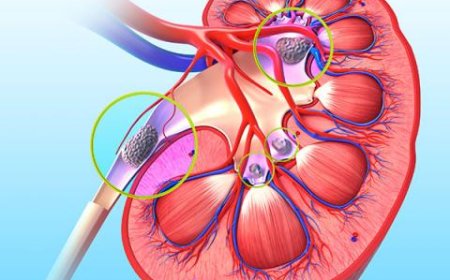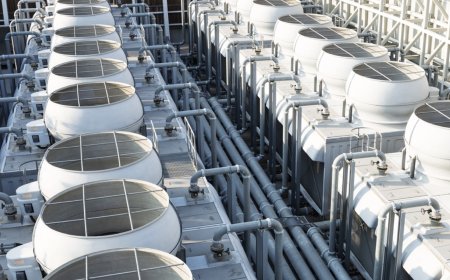What defines a "high yield" CAT question—and how to detect it
As a CAT aspirant in India, maximizing your score in a limited time frame is crucial. One effective strategy is identifying and prioritizing "high yield" questions. But what exactly makes a question high yield? And how can you spot them quickly during the exam? Let's break it down.
What is a high yield CAT question?
A high yield question is one that offers a favorable balance between effort and reward. These questions:
- Take less time to solve
- Have a higher accuracy rate among students
- Are based on frequently tested concepts in the CAT exam syllabus
- Contribute significantly to the overall score
In essence, high yield questions allow you to score quickly and accurately, freeing up time for tougher or more time-consuming problems.
Characteristics of high yield questions
Understanding the features of high yield questions across the three CAT sections can help you build speed and confidence.
Quantitative Aptitude (QA)
- Questions from Arithmetic (Percentages, Time-Speed-Distance, Time & Work) are often conceptual but simple to compute
- Direct formula-based problems
- Single-variable algebra problems with clear solvability
Verbal Ability and Reading Comprehension (VARC)
- Direct fact-based questions from passages
- Summary or para-completion questions with minimal ambiguity
- Vocabulary-based questions when present (though rare in CAT)
Data Interpretation and Logical Reasoning (DILR)
- Sets with structured and complete data
- Familiar puzzle types (arrangement, distribution)
- Charts or graphs with low clutter and direct numerical relationships
How to detect high yield questions in the CAT exam
Time is of the essence in CAT. Here's how to quickly identify high yield questions:
1. Glance through all questions first
In each section, spend the first 1-2 minutes scanning the questions. This helps you locate easy wins and avoid starting with a difficult set.
2. Trust your preparation patterns
Questions that resemble mocks you've practiced well and consistently scored in are likely high yield for you.
3. Look for low computation
If a question can be solved without complex calculations, it's likely worth prioritizing.
4. Avoid traps and ambiguity
Questions that seem too wordy, confusing, or are based on rare topics often have lower return on time invested.
Practice strategy: spotting high yield questions in mocks
During mock tests, note which questions you solved fastest and got correct. Over time, you will develop an instinct for spotting high yield questions. Tag them during review sessions and build a personal repository of patterns. Make sure your preparation is aligned with the CAT exam pattern and regularly updated as per the official CAT exam syllabus.
Important considerations while preparing
While preparing for high yield questions, also stay updated on the CAT exam date and ensure your CAT application form is filled correctly and submitted on time. A strong understanding of the CAT exam pattern and CAT exam syllabus will help you focus your efforts where they matter most.
Conclusion
A high yield question is not just about content; its also about how efficiently you can solve it under pressure. Mastering the art of identifying such questions is key to a high CAT percentile. With the right practice and approach, you can learn to detect and leverage them effectively in the exam.
Start training yourself today to see the high yield path clearly on test day.




































